Daniel Anderson, a well-known rugby league figure with an impressive coaching career, had a life-changing experience while body surfing during a family holiday. A powerful wave caught him off guard, dropping him on his head, causing him to lose consciousness. Thankfully, his brother acted quickly, bringing him back to shore where off-duty paramedics and lifeguards who happened to be there provided crucial help to keep him stable. Daniel was then taken to the Royal North Shore Hospital (RNS) by helicopter, where he received emergency medical attention.
While at the Royal North Shore Hospital, Daniel remained unconscious initially, requiring the support of a ventilator. As he gradually regained consciousness, Daniel was confronted with the reality of quadriplegia caused by an incomplete spinal injury.
After spending six weeks at RNS, Daniel was transferred to a specialised spinal bed at Royal Rehab Ryde to undergo intensive rehabilitation therapy. Initial assessments brought to light some key findings about Daniel’s physical condition. While his legs showed strength, he struggled with coordination and had a limited sense of proprioception, making it challenging to perceive the position of his legs in space. Additionally, his arms and hands lacked strength, with his left hand having minimal movement and sensation. His diaphragm was also affected, impacting his breathing.
These valuable insights played a pivotal role in shaping Daniel’s tailored therapy plan, as explained by physiotherapist, Jennie Sung: “Knowing his strengths and weaknesses helped us set achievable goals together, so our therapy sessions were tailored around helping him achieve as much function as possible.”
Daniel closely worked with physiotherapists to better understand his legs and learn new techniques for improved coordination and balance. Utilising resources like parallel bars and state-of-the-art tools such as the Zero G body weight support system, he could practice different aspects of his mobility without worrying about falls or injuries. The EksoNR robotic exoskeleton also played a crucial role, helping him work on weight transfers and retrain his gait.
In the beginning, Daniel needed assistance transferring with a hoist and the support of two people. A major goal for him was to gain independence in transfers. Through physiotherapy sessions, as he gained strength and familiarity with his changed body, Daniel progressed from slide board transfers to Sara Stedy transfers – a device that facilitates safe, swift, and effortless sit-to-stand transfers – eventually advancing to step transfers – a technique to move from one surface to another. Jennie also helped him master car transfers, a vital skill for his role involving visits to various football grounds.
Occupational Therapy focused on strengthening Daniel’s upper limbs, refining his dexterity, and enhancing his fine motor skills through repetitive practice. Occupational therapist, Kaila Rodriguez notes that, initially, Daniel used an arm support for all upper limb activities, but he has since achieved some movements independently. Daniel shares, “We worked a lot on being independent, getting ready for when I return home. I can now pick up a flat coin from the table; achieving that level of dexterity seemed nearly impossible in the beginning.”
Kaila, along with Rachel Harper from Royal Rehab’s specialised vocational rehabilitation service INVOC, ensured a smooth transition for Daniel back to work. They assisted in choosing software and hardware, including an adaptive mouse, headset, and arm support, helping Daniel work effectively from his computer.
Speech pathologist, Jacinda Choy provided practical techniques to help Daniel manage his throat and diaphragm for effective communication. Daniel shares, “Jacinda gave me some great ideas on how to adjust my voice as part of my work practices.”
For Daniel, a standout aspect was the strong communication and collaboration he built with the therapy team. He says, “Jennie, Kaila, Rachel, and Jacinda are really good at what they do. The relationships felt natural, which made the training easier. We set goals in every session, both small and big, like walking. Some significant goals were reached, and now we’re setting new ones.”
With improved function, more independence, and the ability to walk short distances, the next phase involves getting ready for Daniel’s transition home.
As Daniel prepares for life after Royal Rehab, Jennie reflects on the strides he’s made, noting, “Daniel’s hard work is paying off. And now, he’s seeing the positive outcomes of his efforts.”



